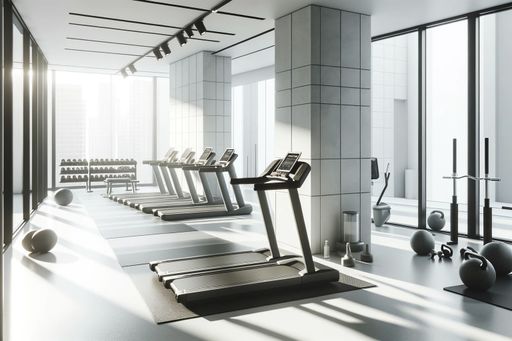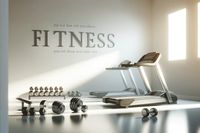Video Ad Feedback
Learn how to correct imbalances caused by natural side dominance and prevent pain and injury.

How Natural Sidedness Can Lead to Imbalances
It is normal for one side of your body to be stronger and more coordinated than the other. However, when one side becomes dominant and starts taking on an unfair load, issues such as pain, weakness, and overuse injuries can arise. Imbalances in one part of the body can also affect other areas due to muscle chains.
Having a physically demanding job or engaging in repetitive activities that use the dominant side can exacerbate side dominance. Even failing to properly rehab after an injury can lead to continued reliance on the dominant side. It's important to be aware of these imbalances and take steps to counteract them.
Addressing Imbalances in Daily Activities
Restoring balance starts with awareness. By noticing how you contribute to your side dominance throughout the day, you can make simple changes to counteract overuse. For example, regularly switch the side you carry a bag on, avoid keeping weight predominantly in one hip and leg while standing, and change positions when sitting on the couch.
During activities like walking, pay attention to your gait and correct any sided dominance. Uneven wear on your shoes is a sign of imbalance. If your career or lifestyle necessitates repetitive use of one side, incorporating exercises into your fitness routine to restore balance is crucial.
The Power of Unilateral Training
Unilateral training, where one side of the body is emphasized at a time, is the most effective way to promote symmetry in exercise. Using dumbbells for unilateral exercises is ideal because they demand equal effort from both sides. Unlike barbells or machines, dumbbells prevent the dominant side from compensating, ensuring balanced strength.
You can create a complete workout using just one dumbbell and incorporate unilateral strength-training exercises like lunges, single-leg Romanian deadlifts, single-arm shoulder presses, and single-arm rows. It is important to select the appropriate weight and focus on proper form to maximize the benefits of these exercises.



